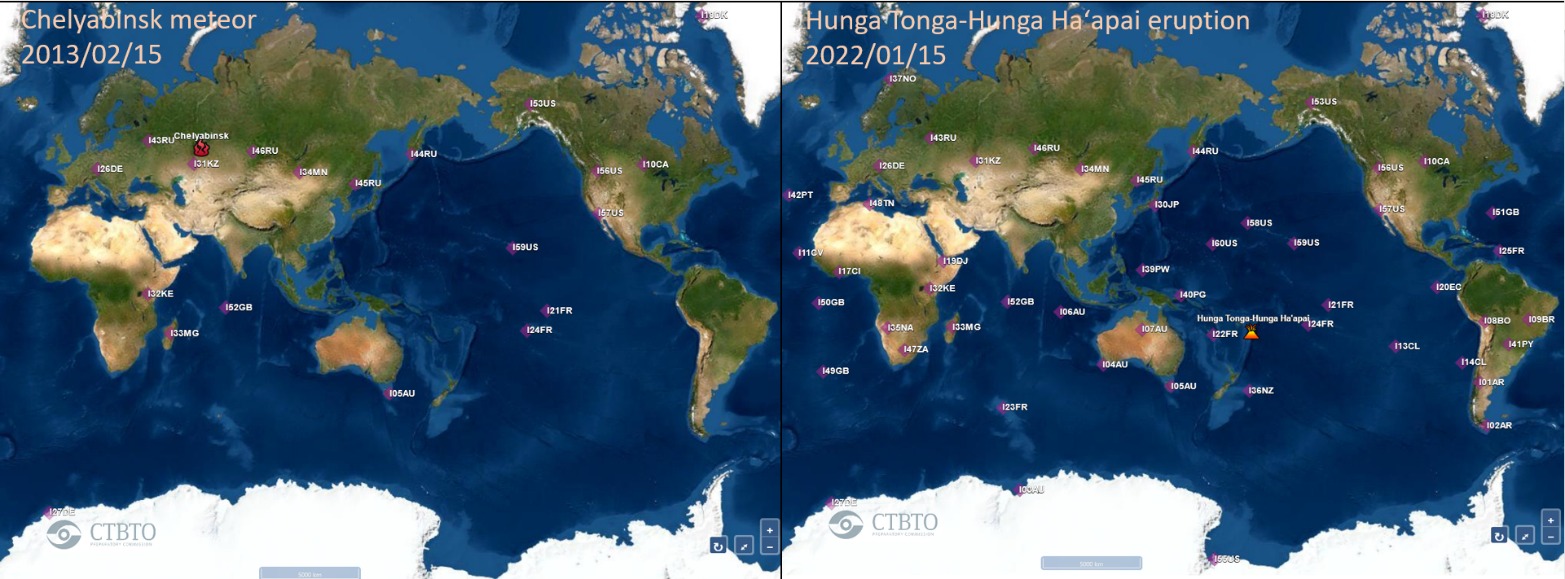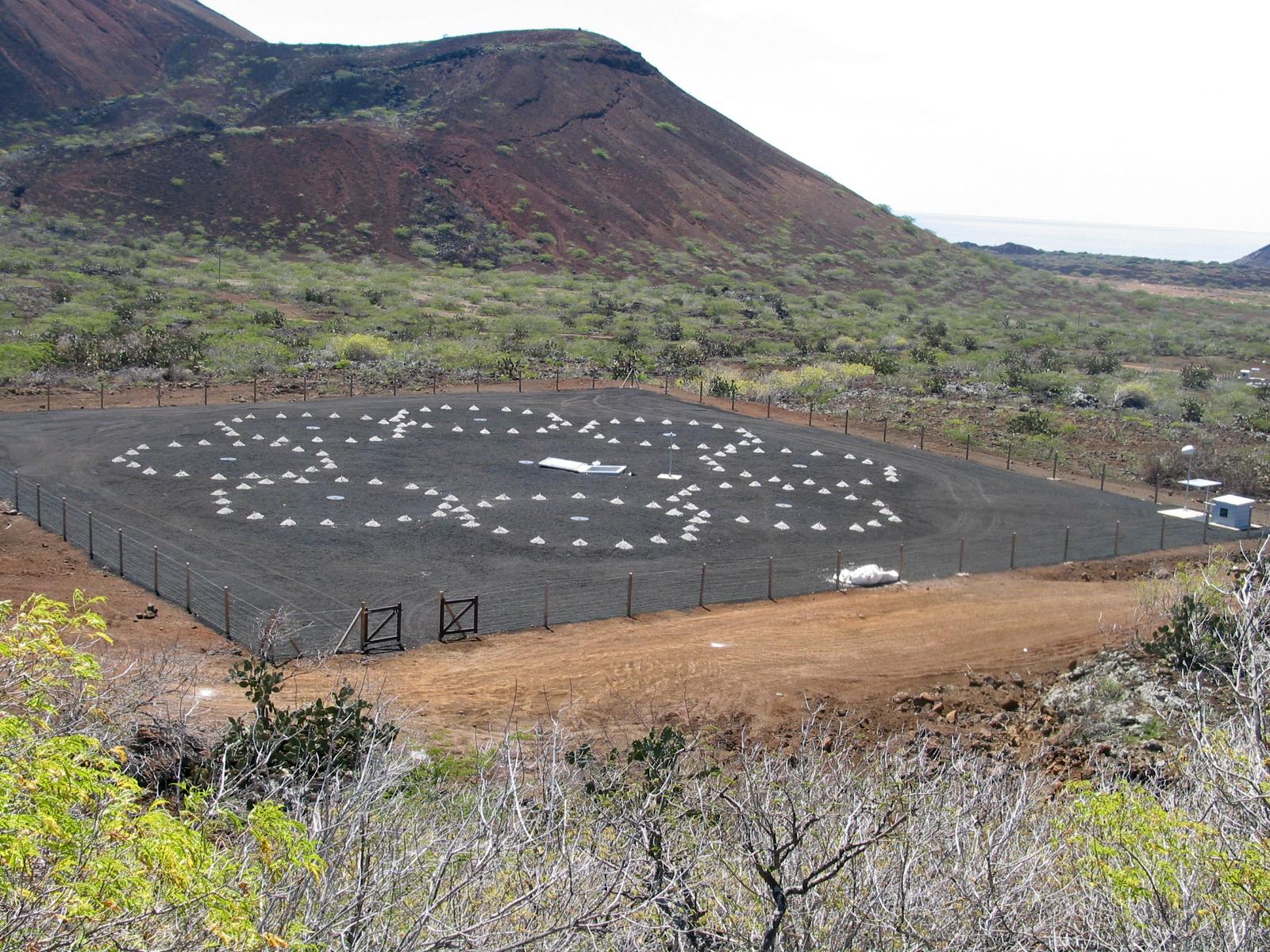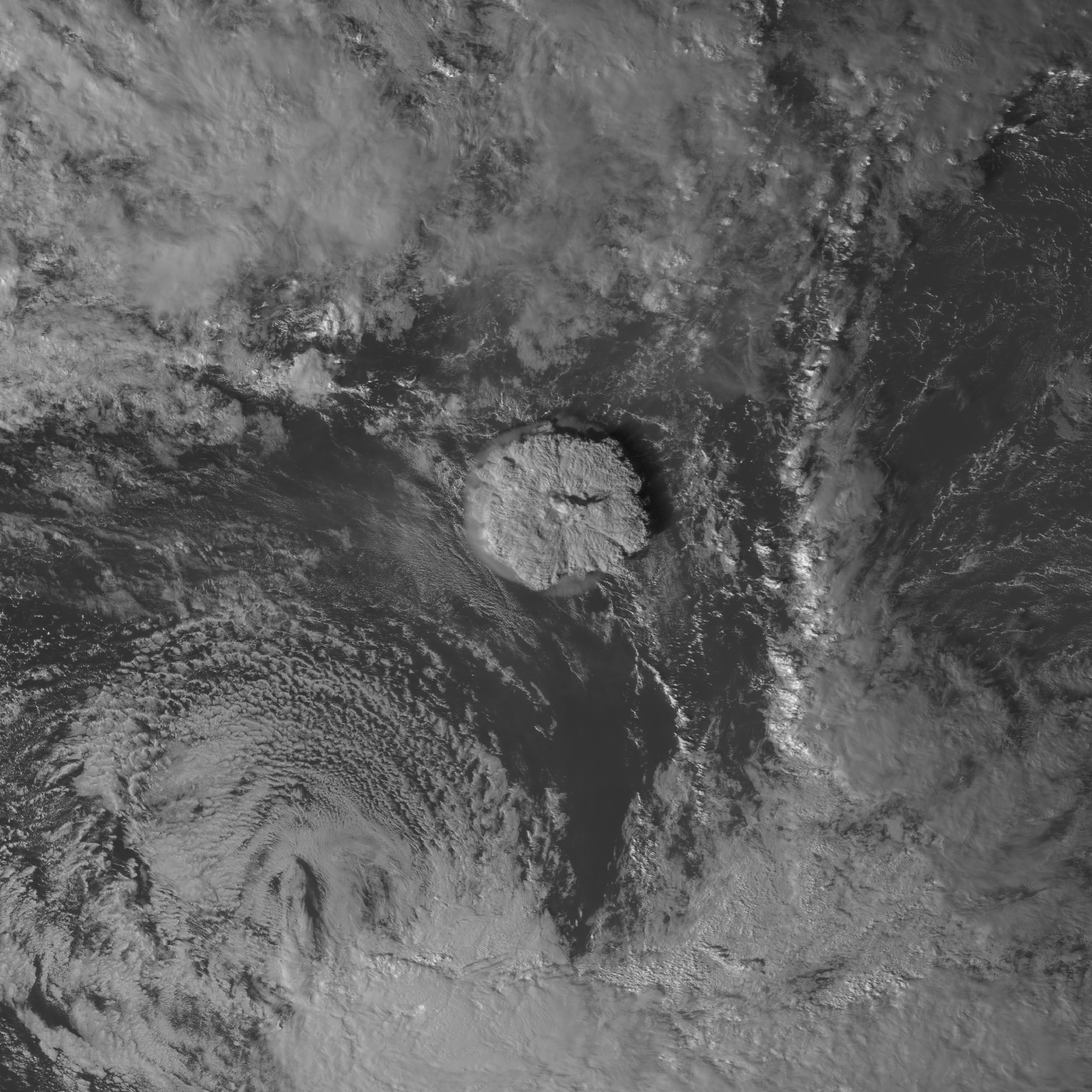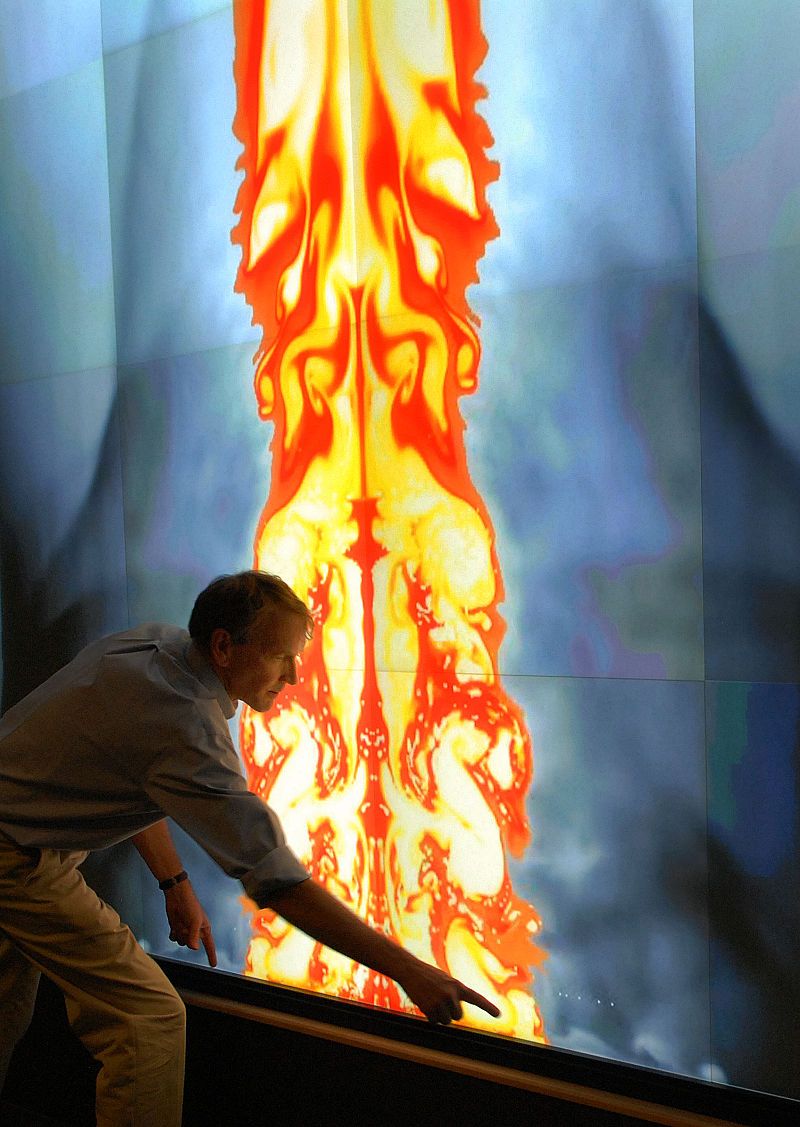Tonga volcano eruption yields insights into asteroid impacts on Earth

On Jan. 15, 2022, the Hunga Tonga-Hunga Ha'apai volcano erupted off the coast of Tonga in the South Pacific Ocean, generating a tsunami and triggering resulting wave action alerts around the world.
The underwater volcanic eruption spewed ash, steam, and gas a radius of over 160 miles (260 kilometers) and more than 12 miles (19 km) into Earth's atmosphere.
An infrasound network operated by the Comprehensive Nuclear-Test-Ban Treaty Organization (CTBTO) found the blast to be the largest incident ever recorded by that monitoring system. All 53 infrasound stations recorded the main eruption, at global ranges. The discharge was much larger than the Chelyabinsk meteor airburst in 2013.
Related: Astronaut spots ash clouds from Tonga volcano eruption from space (photos)

The Tongan government described the eruption an "unprecedented disaster," with the island nation suffering loss of life, major damage to homes and loss of infrastructure.
We now know quite a bit about the undersea upsurge. And there appear to be takeaway messages for those concerned about an impacting space rock and the creation of similar effects. Space.com reached out to noted experts in the asteroid impact field to gauge similarities between an undersea belch and Earth taking an asteroid punch in the oceans.
Indeed, data amassed from the Tonga occasion is keeping the scientific community busy.
Get the Space.com Newsletter
Breaking space news, the latest updates on rocket launches, skywatching events and more!

Effects and after-effects
Lindley Johnson is NASA's Planetary Defense Officer in Washington. "We should examine all natural disasters — but both volcanoes and earthquakes in particular — for lessons to be learned about the effects and after-effects of a significant asteroid impact."
Johnson pointed out that there have been suggestions that the Tonga eruption released about the same amount of energy as is estimated for the June 30, 1908 Tunguska impact event in Siberia, Russia. "I don't know how valid that assessment is, but it is certainly worth looking at as an analogy."
"A dangerous asteroid is likely to hit [an] ocean, not land, because over 70% of Earth's surface is ocean. But a disproportionately large fraction of people live near coasts, so tsunamis are a threat," Clark Chapman, a senior scientist (retired) from the Southwest Research Institute in Boulder, Colorado, told Space.com.
"We need to learn more about asteroid impact tsunamis, because they probably behave very differently from those caused by earthquakes or landslides," Chapman said.
Risk assessments and simulations
Lorien Wheeler and colleague Michael Aftosmis work on NASA's Asteroid Threat Assessment Project at the Ames Research Center in California's Silicon Valley. Their research is done under NASA's Planetary Defense Coordination Office.
Wheeler is the risk assessment lead for the project, focused on building fast-running probabilistic models that look at the amount of risk that different asteroid hazards can pose.
Aftosmis is an aerospace engineer in the Advanced Supercomputing Division developing high-fidelity simulations of asteroid strikes, including blast wave propagation, tsunami, thermal and global effects.
The analogy between a volcano and an asteroid hit is not obvious Aftosmis said, as one comes from the ground up the other comes from the outside in. "An undersea volcano and an asteroid impact, they have a lot of similarities when it comes to the kind of tsunami that might be triggered," he said.
Coupling of energy

"When you look at the aggregate level of risk from potential asteroid impacts, considering all the different frequencies of sizes that are most likely to hit us," Wheeler said, "our current models indicate the risk of large tsunamis from asteroid impact is relatively low, compared to other potential impact hazards like local blast, global effects."
However, given a big enough asteroid that strikes close enough to a coastline, it could cause a sizable tsunami, Wheeler said. "It's important to develop good tsunami models to be able to predict those consequences as well as we can."
The Tonga incident may give some insights on the coupling of energy to the atmosphere and water, such as how fast ocean waves dissipate, to better refine simulation models, Wheeler said.
Airblast coupling, the tsunami from the eruption itself and also seismic effects data from the Tonga episode are being studied. While asteroid-generated tsunamis are a relatively small threat contrasted to other effects, this particular case does have some interesting similarities and raises physics questions worthy of pursuit, Aftosmis said.
Furthermore, over several years, there have been a series of "tabletop" exercises hosted jointly by NASA and the Federal Emergency Management Agency (FEMA), held specifically to respond to and better prepare for an asteroid-meets-Earth scenario, if and when emergency action is required.
The upshot from assessing the Tonga event does yield valuable information that could be fed into future tabletop exercises, to better hone ways to estimate the level of risk and better inform response decisions, Wheeler said.
Existence proof

Noted asteroid expert Mark Boslough is an adjunct professor in the Department of Earth and Planetary Sciences at the University of New Mexico. He participated in documentary field expeditions to airburst sites including the Libyan Desert of Egypt in 2006, Tunguska in 2008, and Chelyabinsk, Russia in 2013 to assess the impressive Feb. 15, 2013 event when a destructive meteor burst occurred in the atmosphere.
Several years ago, Boslough suggested the potential for asteroid airburst-generated "meteotsunami" — large waves driven by air-pressure disturbances.
As for the Hunga Tonga-Hunga Ha'apai volcano eruption, "yes, this is a great test of the idea, and I understand that meteotsunami were detected in Puerto Rico and Menorca," Boslough said.
It appears to Boslough that these have to be from air-coupled tsunamis as opposed to direct generation at the source of the explosion because they are in different ocean basins.
"If this turns out to be the case, then we now have an 'existence proof' that pressure waves in the atmosphere from big explosions can trigger tsunami far away from the explosion itself. If volcanoes can do this, I think asteroid airbursts can as well," Boslough said.
Leonard David is author of "Moon Rush: The New Space Race" (National Geographic, 2019). A longtime writer for Space.com, David has been reporting on the space industry for more than five decades. Follow us on Twitter @Spacedotcom or on Facebook.
Join our Space Forums to keep talking space on the latest missions, night sky and more! And if you have a news tip, correction or comment, let us know at: community@space.com.

Leonard David is an award-winning space journalist who has been reporting on space activities for more than 50 years. Currently writing as Space.com's Space Insider Columnist among his other projects, Leonard has authored numerous books on space exploration, Mars missions and more, with his latest being "Moon Rush: The New Space Race" published in 2019 by National Geographic. He also wrote "Mars: Our Future on the Red Planet" released in 2016 by National Geographic. Leonard has served as a correspondent for SpaceNews, Scientific American and Aerospace America for the AIAA. He has received many awards, including the first Ordway Award for Sustained Excellence in Spaceflight History in 2015 at the AAS Wernher von Braun Memorial Symposium. You can find out Leonard's latest project at his website and on Twitter.









